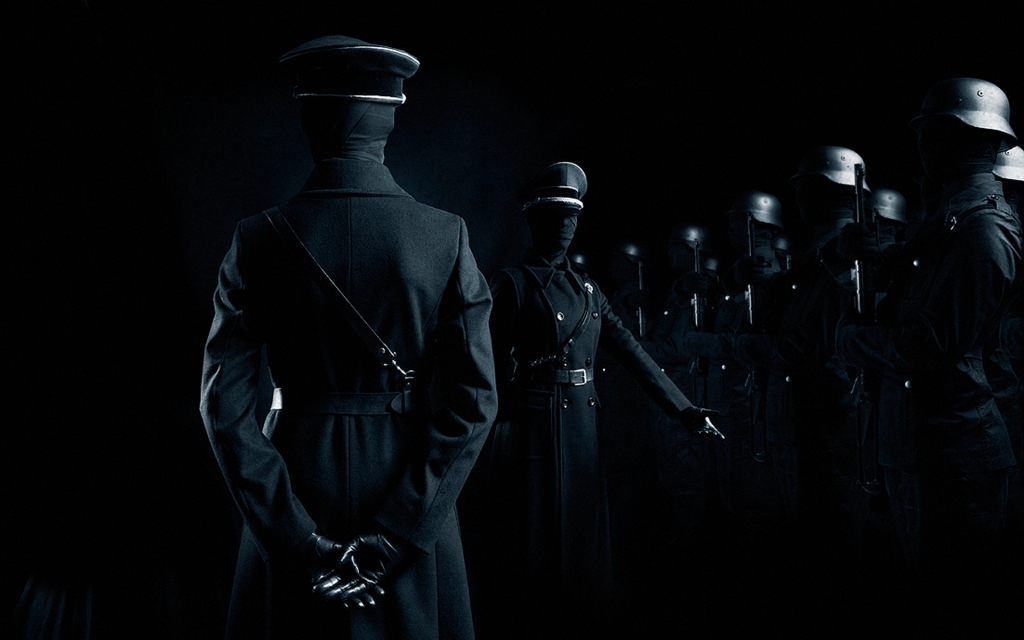--Originally published at Parra’s Project Management Blog

Times are weird in this era, as a giant pandemic known as the COVID19 struck the world violently. There is currently no cure to this new disease and could be life threatening for the older people. Businesses are starting to close, all mass events, in which people are seriously in danger of contracting the virus, are getting canceled all over the world. What started as a local problem to the Chinese government is now a responsibility for all.
Even though things are closing and people cannot leave their homes, economy is still running and you must pay your bills at the end of the month, so how in the world are going to get past this series of tragic events? Home office is the answer. Many companies and organizations are already in transition for the times to come until COVID-19 is contained. If you have a hard time with working in solitude at home, you are in luck this time around!
I worked for Apple Education for over 2 years and I’ll tell you one thing: I almost never saw my work colleagues and I was the only responsible person for my job in my workplace. I worked for the Campus Rep program, in which one student is selected to represent the brand in their university and find ways to make exposure to Apple’s core education initiatives. I’ll tell you about how I worked remotely and at the end I’ll throw some useful tips for working and managing inside your home.
When I entered the job I only had one physical event to attend: a massive training course given at Mexico City, in which all 40 members of the program, including leaders and managers, came together to ensure that everyone was well prepared for the job. Only 5 days I Continue reading "Hate Home-office? I’ll tell you why it could be your BEST office"










